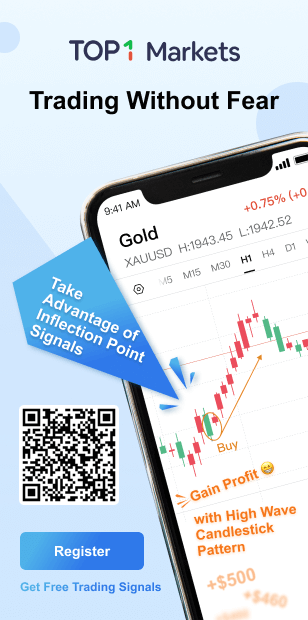EUR/USD
1.17092
-0.103%
Gold
4339.50
0.156%
Oil
56.513
1.153%
USD/JPY
157.685
1.371%
GBP/USD
1.33734
-0.060%
GBP/JPY
210.883
1.325%
On December 20th, the "Rules on Pricing Behavior of Internet Platforms" were issued. The rules stipulate that platform operators and operators within the platform shall not violate Article 14, Paragraph 1 of the "Price Law of the Peoples Republic of China" by colluding with each other to manipulate market prices and harm the legitimate rights and interests of other operators and consumers by using platform rules, data, and algorithms.On December 20th, the "Rules on Pricing Behavior of Internet Platforms" were issued. The rules stipulate that platform operators must conduct subsidy promotions fairly and impartially, and must not falsely or exaggeratedly advertise subsidy amounts or力度 (intensity/scale). When conducting subsidy promotions, platform operators must prominently display the subsidy and related promotional activity rules on the corresponding activity page of their website or application, clearly specifying information such as the subsidy recipients, subsidy methods, participation conditions, and start and end times.On December 20th, the "Rules on Pricing Behavior of Internet Platforms" were issued. The rules stipulate that operators within a platform who sell goods or provide services on different platforms are legally entitled to set their own prices. Platform operators are prohibited from violating Article 35 of the "E-commerce Law of the Peoples Republic of China" by taking measures such as raising fees, adding charges, deducting security deposits, reducing subsidies or discounts, restricting traffic, downgrading search rankings, lowering algorithm rankings, blocking stores, or removing goods or services from the platform to impose the following unreasonable restrictions or conditions on the pricing behavior of operators within the platform: (i) forcing or indirectly forcing operators within the platform to lower prices or promote sales through discounts, cashback, or other means; (ii) forcing or indirectly forcing operators within the platform to sell goods or provide services on the platform at prices no higher than those on other sales channels; (iii) forcing or indirectly forcing operators within the platform to activate automatic price tracking, automatic price reduction, or similar systems; (iv) other behaviors that restrict the pricing autonomy of operators within the platform.Conflict Status: 1. Ukraine – ① Ukraine reportedly attacked the Lukoil oil field in the Caspian Sea overnight. ② Ukraine launched its first attack on a Russian "shadow fleet" oil tanker in the Mediterranean. 2. Russia – ① Putin: The Ukrainian attack on the tanker will not harm oil supplies. ② Putin: Russian troops have entered the town of Khuryabrsky in Ukraine. Peace Talks Status: 1. US – ① US Secretary of State Rubio: (Regarding the resolution of the Russia-Ukraine conflict) We have made progress, but there is still a way to go. 2. Ukraine – ① Ukrainian officials stated that negotiations with the US and Europe have concluded, and a "consensus" has been reached on further measures. 3. Russia – ① Putin: Ukrainians living in Russia should have the right to vote. ② Putin is willing to discuss ending the Russia-Ukraine conflict, but he ruled out modifications proposed by Kyiv and the European side to the peace plan jointly developed by the US and Russia. ③ Putin: If we receive security guarantees, we are ready to immediately stop the conflict in Ukraine. Other Status: 1. The EU approved a €90 billion interest-free loan for Ukraine in 2026-27. 2. Zakharova: The EU is still trying to find a "pseudo-legal" pretext for confiscating Russian assets. 3. Putin: Confiscating Russian assets in Europe is "robbery." 4. Zelensky: Ukraine will be in a very difficult situation without EU funding. 5. Putin said that if Kaliningrad Oblast is blocked, a major conflict could break out. 6. Turkey says a suspected Russian-made drone crashed in Kocaeli province in western Turkey.Microsoft: The issue that caused message delays for some users in Teams has been resolved.











